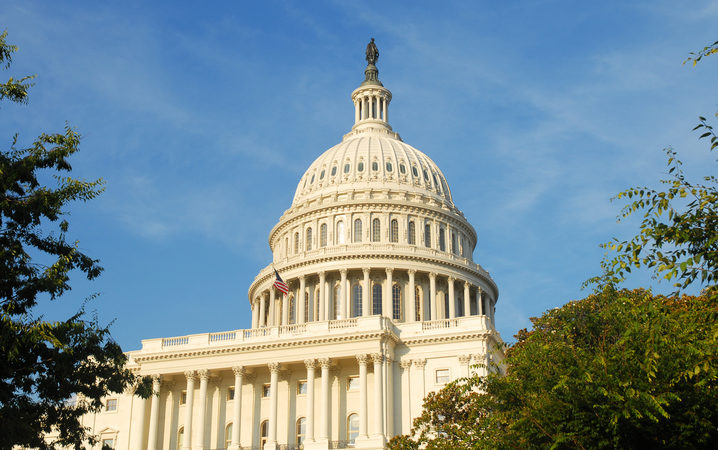The month of May was again a strong month in the market yet all three major indices remain in negative territory for the.
Over the past eight weeks, 36 million Americans have filed unemployment claims. US GDP plunged by 4.8% in the first quarter of 2020. Yet the US stock market continued to surge. This is the 10th week in a row that initial unemployment claims are more than three times the worst week of the Great Recession.
What on earth is going on? Why is the market moving in the opposite direction to the economy?
Markets are forward-looking
The most important reason is that a company’s stock market value can be thought of as the present value of all its future earnings. These are related to economic growth but not on a one-to-one basis. Its value reflects what is happening right now, but also what is forecast to happen next year, the year after, and so on. Stock markets are forward-looking.
In contrast, much economic data tells you about what has happened in the past. To give an obvious example, GDP growth figures are not released until after the quarter has ended. This means any news that impacts profit expectations can move the market before it hits companies’ bottom lines. This is exactly what has happened this year. US stocks fell by 24% in the first three months of the year in anticipation of the economic slump that has subsequently been realized. A lot of bad news was already priced in when we entered April. Similarly, while it is easy to be fixated on the current dire situation, this is not expected to continue indefinitely. As they reflect all future earnings of a company, stock prices capture both the near-term negative outlook, but also a subsequent recovery (even if the shape of that recovery is open to much debate).
Liquidity
As well as stock prices being forward looking, there has also been an additional catalyst which has spurred markets higher in recent weeks. This has led to an even greater disconnect between the market and economy. This catalyst is the huge stimulus package that central banks and governments have unleashed. The US Federal Reserve has slashed short-term interest rates to zero, pledged to buy government bonds in unlimited amounts, and to buy specified quantities of investment grade corporate debt and high yield exchange-traded funds.
This has been paired with a large fiscal response, including the expansion of unemployment benefits, direct money transfers and loans to small businesses. These unprecedented measures have helped shore up stock prices by boosting market liquidity, lowering the cost of borrowing, providing financing to corporates and raising business confidence.
Lower interest rates are also positive for markets because they increase the present value of future earnings that would accrue to shareholders. When this happens, stock prices tend to appreciate in value.
The stock market does not represent the real economy
Differences in the composition of the stock market versus the economy have also contributed to the disconnect. For example, the largest tech companies – Microsoft, Amazon, Apple, Google and Facebook – have vastly outperformed the broader market as a result of stay-at-home orders. These firms represent 20% of the S&P 500 Index, yet their combined revenues in 2019 amounted to only 4% of US GDP.
One reason for this mismatch is that stock market indices such as the S&P 500 are weighted by the market capitalization of their constituents, the more valuable the company, the larger the index weight. This means smaller firms tend to have little stock market representation, even though they account for 44% of US GDP, according to a report from the US Small Business Administration Office of Advocacy.
Small businesses are likely to suffer more from the economic shutdown because they typically have smaller cash buffers to draw upon compared to larger businesses and have difficulty accessing cheap credit. Yet this adverse impact will not be proportionately captured by the stock market, as most small firms are not publicly listed and those that are will have a low index weight.
Risk of a further correction is still possible
While recent moves in stock prices and economic news flow may seem at odds with each other, they are not. The forward-looking nature of stock markets means that the market priced in a lot of this bad news when it crashed in the first quarter of 2020. Stock prices also look through the near-term into how company prospects are expected to evolve over the long run – even if that is harder than usual to ascertain at present. Many companies are likely to struggle to afford debt repayments, increasing the risk of a wave of defaults and bankruptcies. With few companies offering earnings guidance amidst the economic uncertainty, markets could be due another correction if things turn out to be worse than expected.
It is also worth remembering that, although markets have partially recovered losses at the index level, this is not true for all sectors. Depending on their economic sensitivity to the lockdown, there are clear winners and losers emerging. The next phase could well see this trend of diverging fortunes persisting. Investors need to remain on-guard.
Have a question? Let me know! Email me at kcompton@wsmtexas.com.

